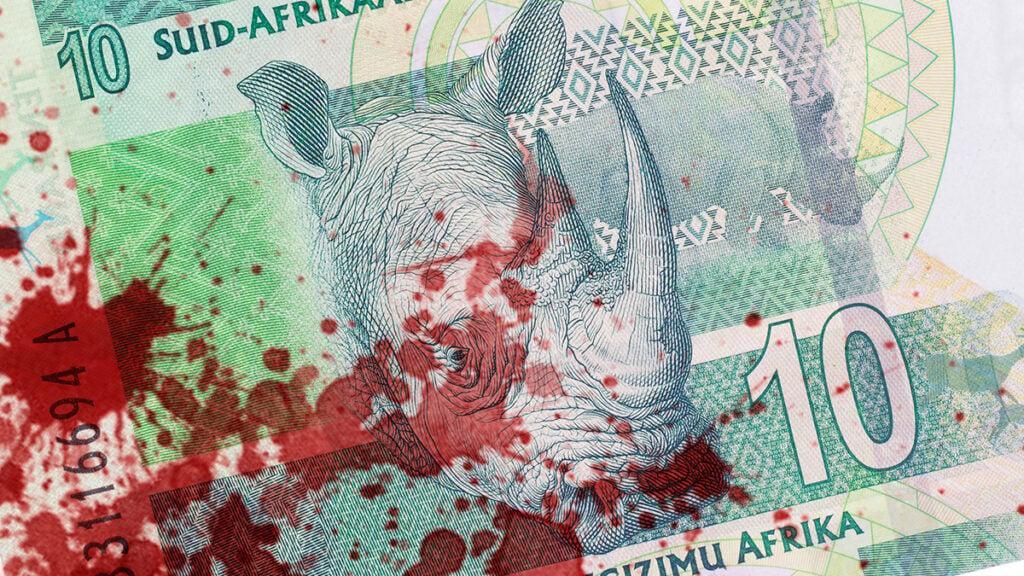Africa-Press – South-Africa. Efficient Group chief economist Dawie Roodt stated that a purchasing power parity (PPP) valuation indicates a rand value of R9.00 to the US Dollar.
However, due to the risk premium associated with South Africa, the rand trades at much higher levels, with a fair value of R17.00 per US Dollar.
The risk premium and rand weakness are linked to factors such as South Africa’s trade, interest rates, and debt levels.
Roodt calculates the fair value of the rand using a basket of goods to estimate purchasing power, similar to how The Economist’s Big Mac Index works.
He then adds the historical average undervaluation of the rand versus the dollar to its purchasing power parity to determine the rand’s fair value.
A currency never trades exactly at its fair value, and in the case of the rand, it always trades at a weaker value than its fair value.
This historical currency weakness must be factored into determining an accurate and fair value of the rand at a specific time.
Roodt told Al Ansaar Media that based on his calculations, the rand should be trading at around R17.00 to the US Dollar.
This means the current level of R18.25 could be considered much weaker than expected based on Roodt’s calculations. However, this is expected.
He explained the rand’s value follows a pattern where there is usually a momentary crisis, which results in a sharp decline in the rand’s value, followed by a gradual recovery to fair value.
“The rand is a highly liquid currency, traded by many people around the world. This is thanks to South Africa’s sophisticated financial market,” he said.
Due to the currency’s liquidity, global events directly affect the rand’s value. “The rand can be seen as a proxy to international stability,” Roodt explained.
When something bad happens, the rand will weaken. When the storm dies down, the rand will gradually recover towards its fair value.
He explained that the rand weakened in recent weeks due to global events and local developments, which were not favourable towards South Africa’s economy.
Roodt said the rand’s current trading levels against the US Dollar are still far from where it is supposed to be.
Rand has been more settled
Investec Chief Economist, Annabel Bishop
Investec chief economist Annabel Bishop has a slightly lower fair value of R16.00 per US Dollar, which also points to a weaker-than-expected local currency.
She said the rand’s trading levels will remain dependent on international events, particularly those of the United States.
Local events, including weak domestic economic growth, high state borrowings, insufficient infrastructure repair at Transnet, and populism, have also kept the rand from its true level.
Some good news is that the rand has been more settled recently, reaching R18.20 per USD and averaging 18.77 per USD to date for the quarter.
She said this trend is likely to continue to attempt to gradually track down to R18.00 per US Dollar over the rest of the quarter. However, it can still see volatility.
“Markets have benefited from the US and China reaching a trade deal over the weekend, with reciprocal tariffs reported to fall by 115%,” she said.
There is also a 90-day pause on the recent new tariffs from the United States, with room for further negotiations.
However, financial markets have pulled back on United States interest rate expectations as growth concerns receded.
Two United States interest rate cuts are now factored in by financial markets, down from three earlier in the month.
“The improvement in market expectations now over global and United States economic growth has added to the rand’s recent strength,” Bishop said.
This is as risk aversion has dropped from elevated levels in earlier weeks, although risks remain to the downside.
For More News And Analysis About South-Africa Follow Africa-Press






